
The Welsh Terrier is an old breed dog that resembles a small Airedale. It
has small V-shaped ears that fold over and hang close to the cheeks. This sturdy,
rugged dog has a thick wire-textured coat. Its tail is cut short and carried
upright. This gives an impression of a square shape with its height approximately
the same as its length. The Welshie, one of the breed’s most common nicknames,
was also known as the Old English Terrier or Black-and-Tan Wired Haired Terrier.
Its place of origin is Wales where it was used extensively as a sporting dog.
Life Expectancy:
10 to 13 years
Energy Level:
Calm.
Living Conditions:
City and country life.
Barking:
Average.
Exercise Needs:
Daily walk; play involving mental exercises.
Breed Group:
Terrier
Size:
Medium-Small
Height:
14-16 inches
Weight:
19-21 pounds
Standard Hair Colors:
Black and tan or black, grizzle and tan.
National breed club:
The Welsh Terrier Club of
America
The Welsh Terrier was developed to hunt otters, foxes and badgers. Aside from being an excellent hunter, it is also a good companion, a responsible watchdog and a hardworking terrier.
A Welsh Terrier is calm and friendly, showing its best when treated with respect and understanding. It could be trusted as a companion and guardian of children as well as a good natured playmate of other dogs in the household. It is intelligent and always desires to please its masters. This breed is moderately territorial as most terriers are, but some behavior problems may be encountered such as dominance challenges and touch shyness.
Welsh Terriers are quite active and need daily walks as well as playtime. Although they will not misbehave on days that owners find it impossible to take them out for some exercise, other activities offering intellectual stimulation should be given to make sure that they stay agreeable.
City and country life are both suitable for a Welsh Terrier. Country life gives it a chance to show its natural expertise for ground skills but it is quite contented with daily walks and playtime afforded by city life. This breed is a den animal making it the perfect student for crate training. The crate will provide it with a small space of its own. Leaving the dog on its own when the owners have to be out for the day would not be a problem. However, the Welsh Terrier likes to dig holes and have been known to climb or jump fences. It is best to provide a suitably fenced yard and additional wire fencing at least 6 inches below ground level.
Stripping can bring out the best texture and color in a Welsh Terrier’s coat. Clipping for about four to five times a year will keep the dog looking trim. Since an adult coat does not shed, the dog will benefit from a good brushing and combing once a week to remove dead hairs. Frequent baths are not necessary.
There are no known major health problems for the Welsh Terrier breed but cases of dislocation of the lens in the eye that may lead to glaucoma or blindness have been reported. A Welsh Terrier can stay active and alert even in an advanced age if it is well taken cared of.
...consider an Airedale Terrier as it is similar to the Welsh Terrier especially in terms of its protectiveness over children and level of intelligence and loyalty.

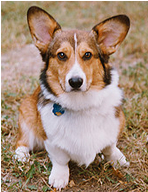 Pembroke Welsh Corgis: A guide to dogs and puppies of the Pembroke Welsh Corgi breed
Pembroke Welsh Corgis: A guide to dogs and puppies of the Pembroke Welsh Corgi breed
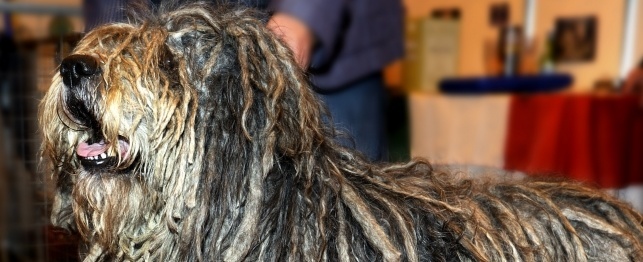 Bergamasco Sheepdog: Choosing a Bergamasco Sheepdog
Bergamasco Sheepdog: Choosing a Bergamasco Sheepdog
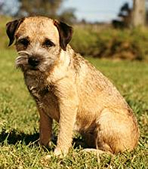 Border Terriers: A guide to dogs and puppies of the Border Terrier breed
Border Terriers: A guide to dogs and puppies of the Border Terrier breed
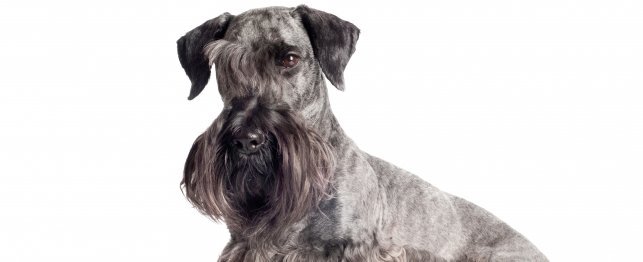 Cesky Terrier - Choosing a Cesky Terrier
Cesky Terrier - Choosing a Cesky Terrier
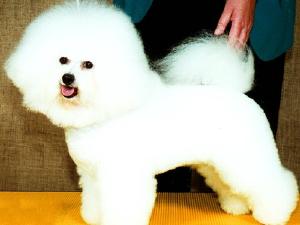 Bichon Frise
Bichon Frise
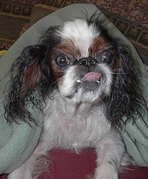 English Toy Spaniels: A guide to dogs and puppies of the English Toy Spaniel breed
English Toy Spaniels: A guide to dogs and puppies of the English Toy Spaniel breed
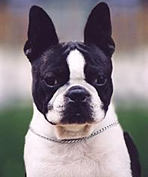 Boston Terriers: A guide to dogs and puppies of the Boston Terrier breed
The Boston Terrier!
The Boston Terrier, a native American b
Boston Terriers: A guide to dogs and puppies of the Boston Terrier breed
The Boston Terrier!
The Boston Terrier, a native American b
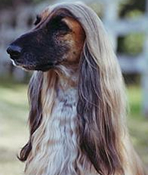 Afghan Hounds: A guide to dogs and puppies of the Afghan Hound breed
The Afghan Hound!
Known for its aristocratic bearing, the A
Afghan Hounds: A guide to dogs and puppies of the Afghan Hound breed
The Afghan Hound!
Known for its aristocratic bearing, the A
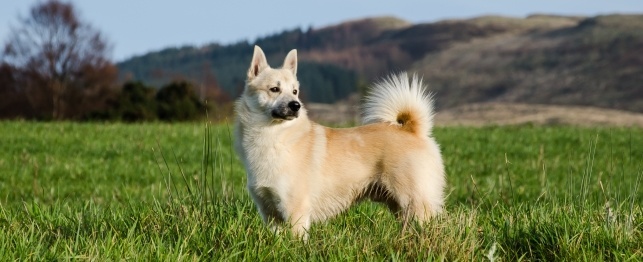 Norwegian Buhund Breed Profile - Choosing a Norwegian Buhund
Norwegian Buhund Breed Profile - Choosing a N
Norwegian Buhund Breed Profile - Choosing a Norwegian Buhund
Norwegian Buhund Breed Profile - Choosing a N
 Bichon Frise
Bichon Frise
Bichon Frise
Bichon Frise
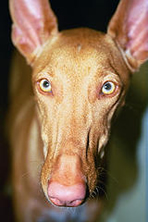 Pharaoh Hounds: A guide to dogs and puppies of the Pharaoh Hound breed
The Pharaoh Hound!
The Pharaoh Hound, now the national dog
Pharaoh Hounds: A guide to dogs and puppies of the Pharaoh Hound breed
The Pharaoh Hound!
The Pharaoh Hound, now the national dog
Copyright © 2005-2016 Pet Information All Rights Reserved
Contact us: www162date@outlook.com